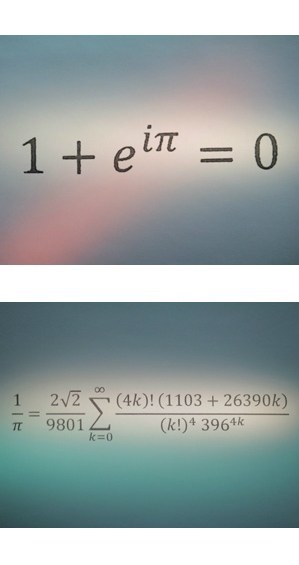Thursday, 28 May 2020
Dancing (like playing music) alters your brain if you do it a lot

The various brain-imaging techniques that have been available for some decades now have made it possible to observe the structural anatomical changes that occur in the brains of people who engage regularly in a given a activity, such as dancing or playing music. Today I want to talk about research on these changes that has been conducted recently by Falisha Karpati of McGill University in Montreal. In her 2017 study entitled “Dance and music share gray matter structural correlates”, she compared the brains of professional dancers with those of professional musicians, on which more research had previously been done. In her 2018 study, “Structural Covariance Analysis Reveals Differences Between Dancers and Untrained Controls”, she compared the brains of professional dancers with those of control subjects who had no dance training. In these two studies, Karpati found that dancing or playing music for eight hours every day does indeed make one’s brain different from those of people who do neither. (more…)
Uncategorized | Comments Closed
Tuesday, 19 May 2020
Neural correlates of mathematical beauty

This week I’d like to tell you about a study published in 2014, entitled “The experience of mathematical beauty and its neural correlates”.
We know that mathematicians have long talked about experiencing genuine aesthetic pleasure at the sight of certain mathematical formulas. We also know from several brain-imaging studies that activation of field A1 of the medial orbito-frontal cortex (mOFC) is one of the most common neuronal correlates of the more conventional, sense-based experience of beauty (for example, in someone’s face, or in a landscape, or in a piece of music). Hence the authors of this study (neuroscientist Semir Zeki and his colleagues) decided to investigate whether the aesthetic pleasure that mathematicians derive from such a seemingly abstract source as a mathematical formula activates this same area in their brains. And the answer seems to be yes. … (more…)
Pleasure and Pain | No comments







